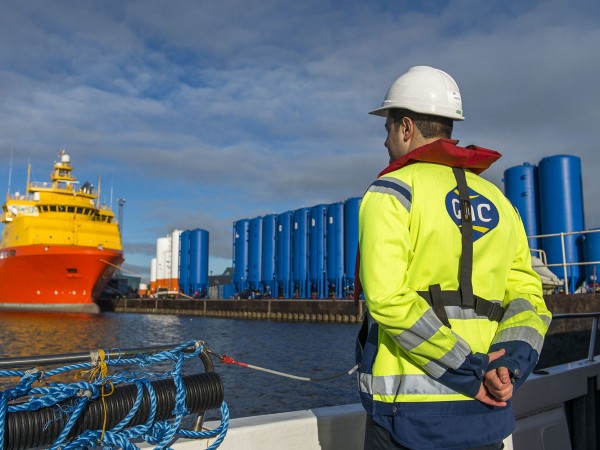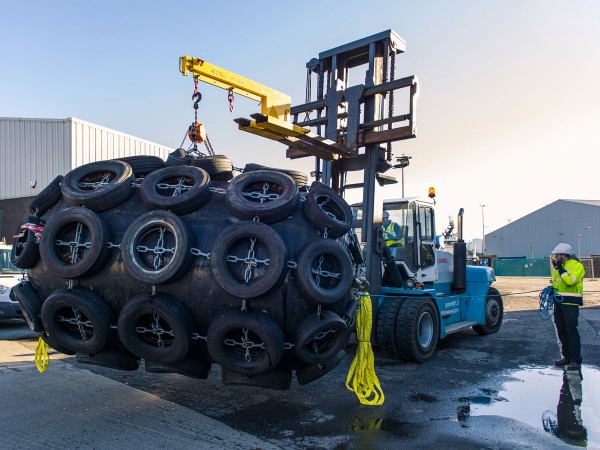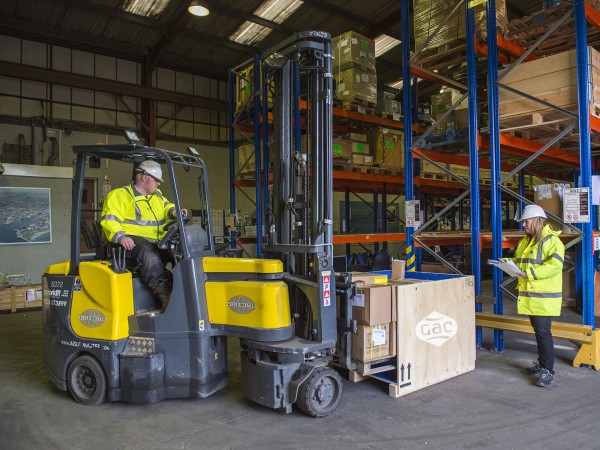by William Hill, Executive Vice President - Oil & Gas, GAC Group
As offshore operators continue to work as part of an industry in transition, it is worth taking a moment and stepping back to ascertain the true scope of change that the sector has, and is still continuing to face.
Indeed, announcements and analysis during the close of 2018 echoed these sentiments. The year ended with news of growth and stability from oil and gas giants. The positive news was bolstered further by a KPMG report that revealed that CEO confidence stands at a high level, with 85% of corporate leaders expressing trust in the rise of more commercial opportunities over the next year. Furthermore, Moody’s recent outlook sounds a tone of optimism, speculating a 12-18-month period of stability and growth for the sector.

Meanwhile, the US oil & gas market is currently in the midst of an unconventional revolution, sparked by reactions to the wider changing landscape. In order to maintain this optimistic growth outlook, the industry must continue to innovate, in terms of business model, technologies and in its operations.
In the most recent Gulf Coast Energy Outlook (GCEO), authors highlighted the uncertainties that the sector must consider, such as commodity pricing, hydrocarbon extraction rates from depleting reserves, and the predicted decrease in demands from Asia and Europe, to name but a few.1 Fundamentally, while the GCEO anticipate growth continuing in 2019, increased geo-political tensions combined with a complicated and uncertain economic climate will have an impact on operations.
A mixed picture
This paints a mixed picture for the sector in the US. But, fundamentally, the sector is still rightly focused on price. Success or failure hinges on the ability to drive profit and minimise expenditure, particularly in a challenging economic climate. While operators have little control over macroeconomic factors, there are on-going strategic opportunities that operators can, with the right approach, leverage to safeguard against both current and future challenges.
One of the clearest trends has been that of outsourcing. Service providers are now being expected to do more through both their traditional service offering, but also across a range of other value-added services that can drive down cost and improve various supply chain factors. For many, outsourcing to suppliers and service providers is now a ‘new normal’ for the industry – a tool for best practise management, and not a ‘bogeyman’ to be feared.

By outsourcing activities that are typically kept in-house, operators are able to optimise their people and resources and apply them across different business areas. Indeed, this is happening at the same time as major operators start to consider wider transitions in the energy markets – away from hydrocarbons and towards renewables – and presents an opportunity for those suppliers and service providers that can fill the gap.
Innovation
Meanwhile, the sector has not stood still; success in the face of adverse economic circumstances has been accomplished through persistent innovation, particularly on the technological front. It goes without saying that technology and digitalisation are poised to have a huge impact on the way that the sector operates, with blockchain, cloud computing, artificial intelligence and the Internet of Things, to name but a few, positioned as enablers of change. When utilised to their maximum potential, these digital innovations can generate huge efficiency savings – again, vital for a sector so keenly focused on cost.
It is important to note that the existence of the technology is one thing; using it to join the dots and inform intelligent business insight is another. Data is more valuable than ever before, existing as a commodity in its own right. Operators need to be confident in their ability to utilise this information to their advantage, or as mentioned previously, be confident in their suppliers and service providers – to whom they have outsourced a range of tasks - to be able to interpret and make recommendations arising out of this new data insight.
Recognising the necessity to work with this trend, GAC were early adopters of business streamlining through data analysis, with a focus on reducing expenditure through efficiency. Taking cues from the fast-paced landscape of digital innovation, GAC continues to develop opportunities to support the offshore industry, including making use of IoT systems in their fleets.
A new role for service providers
In order to meet this trend of outsourcing, the role of the supplier has also been through its own metamorphosis. Service providers need to prove their worth more than ever, with evidenced value-added offerings, in exchange for greater trust from operators to handle outsourced projects of increasing size and responsibility.

In taking the helm, suppliers need to drive day-to-day operational activities, taking on a much more holistic approach than previously expected. For this reason, it is vital that service providers have in-depth knowledge of the sector, both operationally and strategically, in order to manage successful delivery across all areas of the supply-chain. The cornerstone to a successful partnership is, un-surprisingly, trust; sensitivities in the sector are exponential and any provider worth their salt should be confident that they can manage the intricacies of commercial and time sensitive activities.
These trends represent a ‘new normal’ for the sector. This means that both parties – oil & gas operators and service providers – need to have robust and versatile plans to adapt to change. If outsourcing is to continue and digitalisation is to gather pace, as is expected, the most successful organisations will be the ones that move in tandem, rather than fall behind the curve. For service providers like GAC, this ‘rallying cry’ is clear: build trust, maintain and develop market insight, and create a range of services that meaningfully add value, foster innovation and improve efficiencies across the supply chain.

